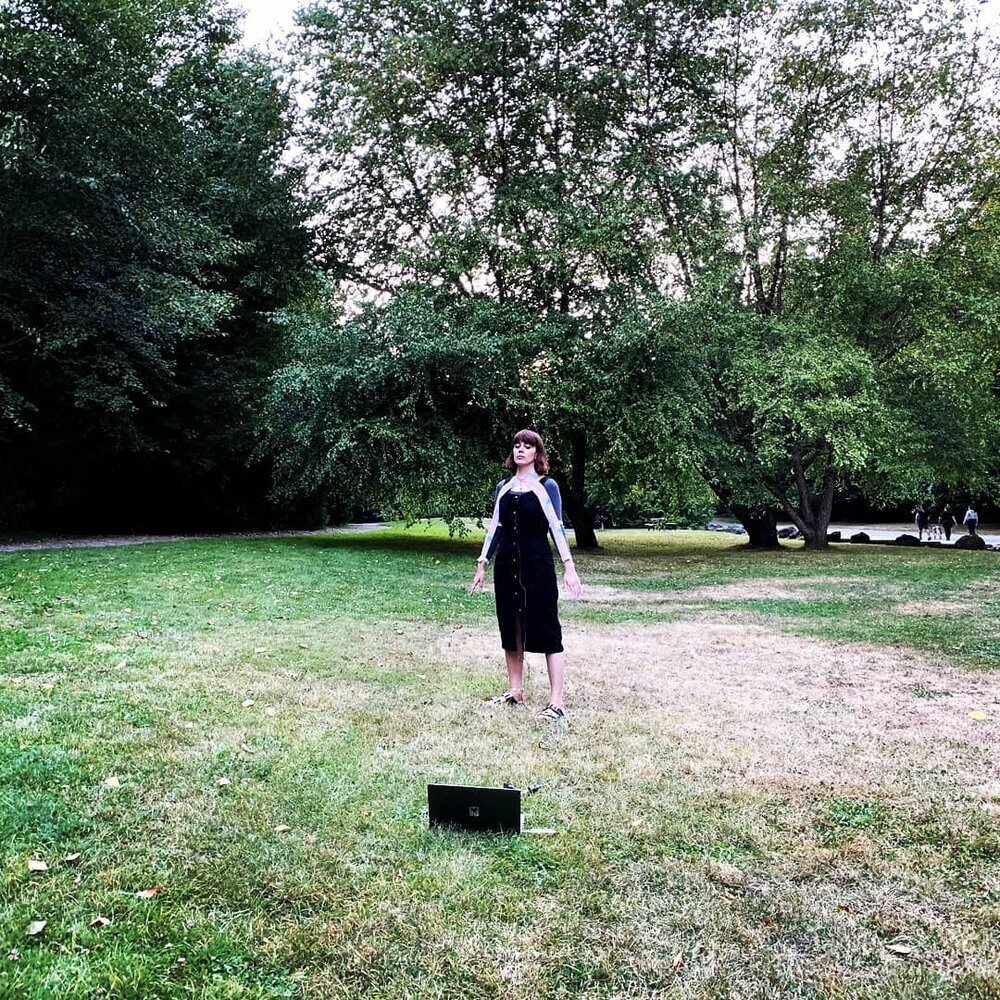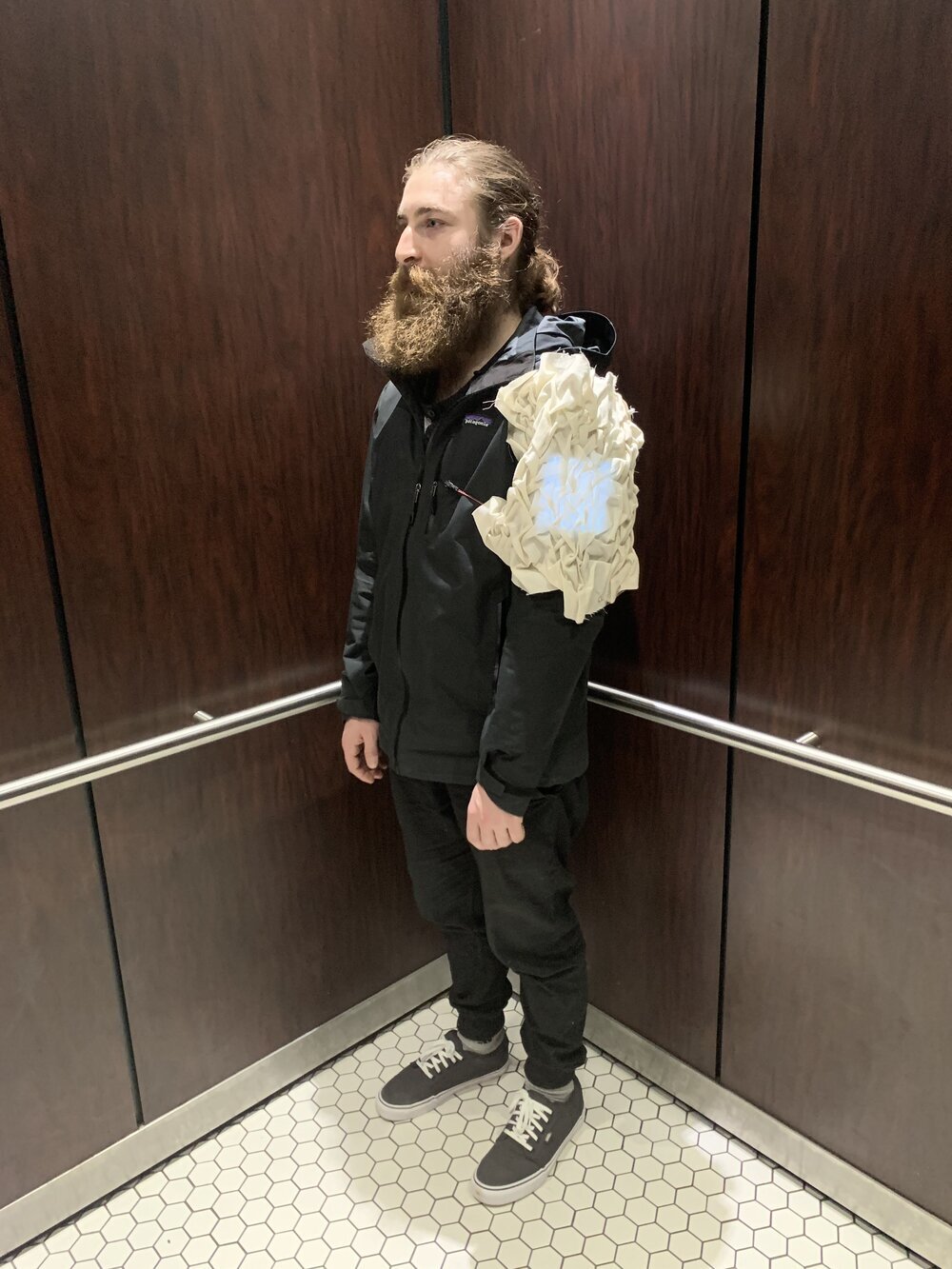is a Peruvian architect and transdisciplinary sound artist who creates machines that explore and illuminate the social and political nature of sound in public space. In 2018, he graduated from the MIT program in Art, Culture and Technology. Informed by his background in architecture and a lifelong fascination with machines, Kisic Aguirre designs and builds sound instruments that explore the connection between public space, power, technology, and sound. His critical and aesthetic practice is open-source, collaborative, and deeply engaged with the public. He has been a teacher for various courses in art and architecture at PUCP (Lima - Perú) and RISD (Providence - RI). He is currently a Ph.D. student in Digital Arts and Experimental Media (DXARTS) at the University of Washington Seattle.
His work has been presented at the MIT Museum, Venice Biennial, Dutch Design Week, Ars Electronica Festival, Design Indaba conference in Cape Town, the Good Design gallery in Tokyo, at Tsonami Arte Sonoro in Valparaíso, Chile, in Berlin, Australia, and at various other experiences and interventions in public space.





























